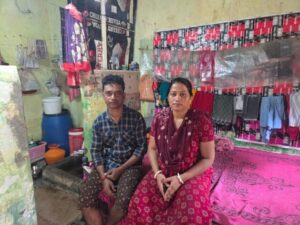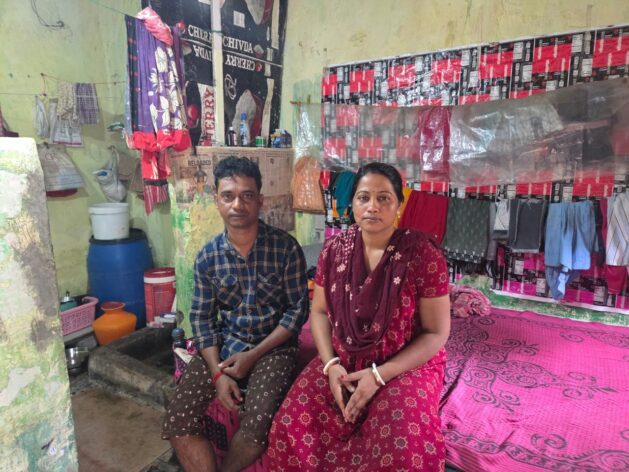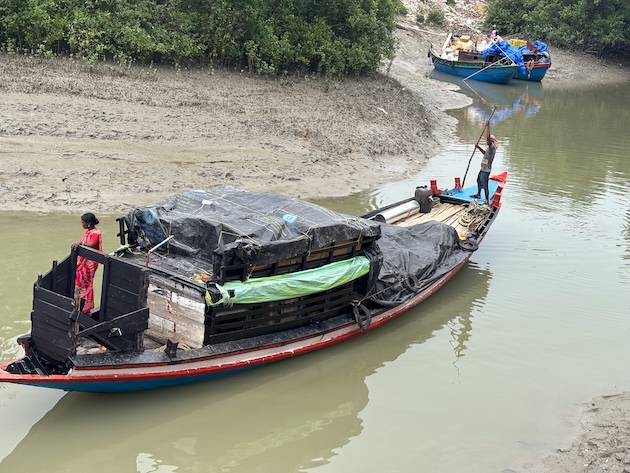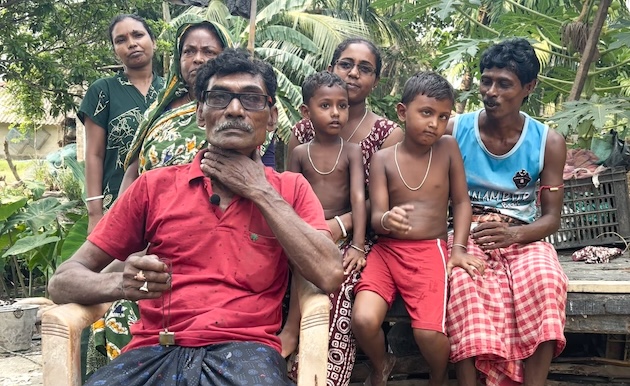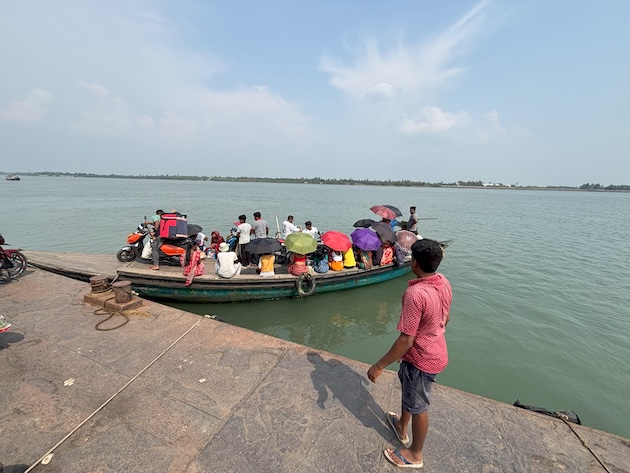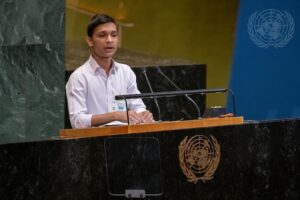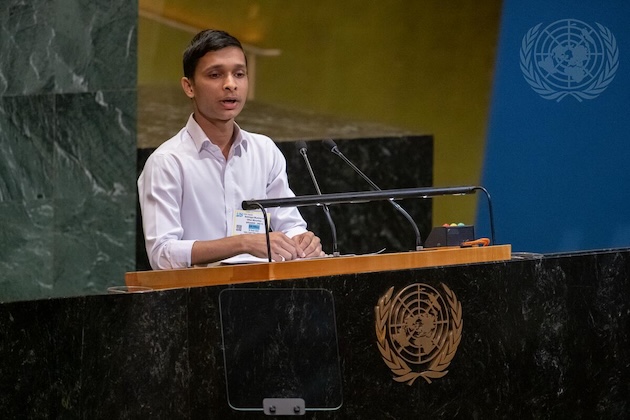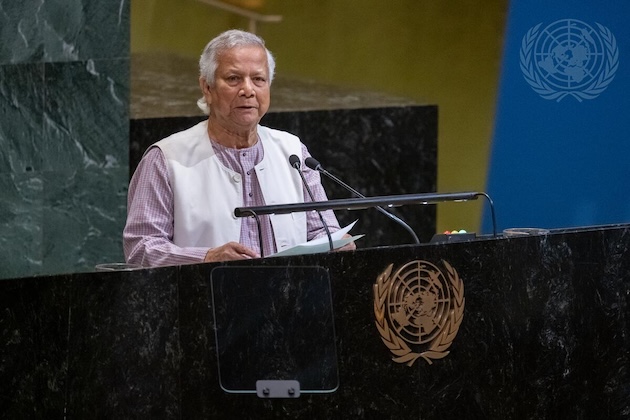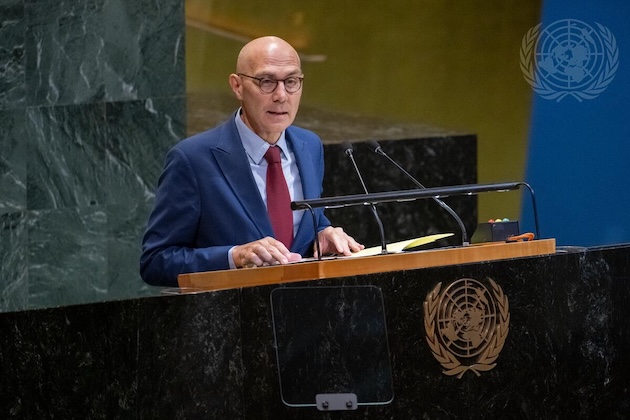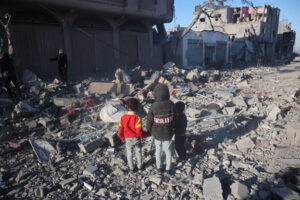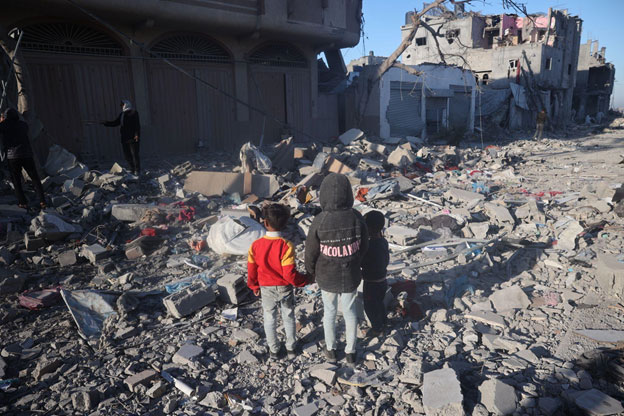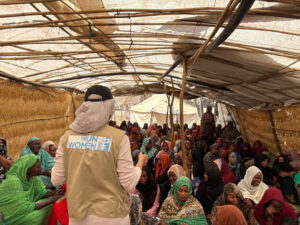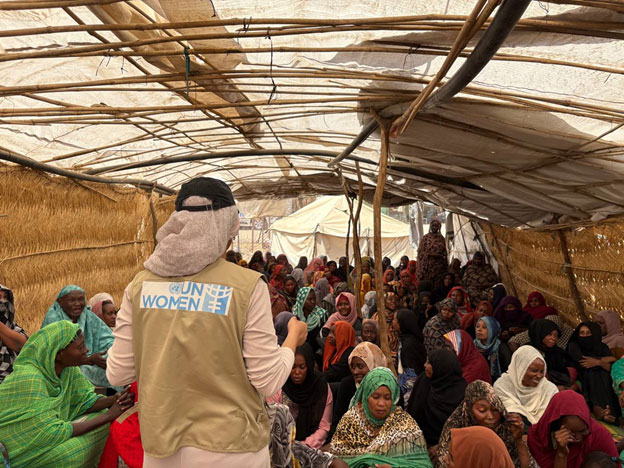
Biodiversity, Climate Action, Climate Change, Climate Change Finance, Climate Change Justice, Conferences, COP30, Economy & Trade, Energy, Environment, Global, Green Economy, Headlines, Human Rights, Indigenous Rights, Migration & Refugees, Sustainable Development Goals, TerraViva United Nations
– COP30 in Belém is not just another annual climate meeting, it is the 32-year report card of the world governance architecture that was conceived at the Rio Earth Summit of 1992. And that is what report card says: delivery has been sporadic, cosmetic and perilously disconnected with the physics of climatic breakdown.

M. Zakir Hossain Khan
The Amazon, which was once regarded in Rio as an ecological miracle of the world, is now on the verge of an irreversible precipice. Even the communities that struggled to protect it over millennia also demonstrate against COP30 to make it clear that they do not oppose multilateralism, but because multilateralism has marginalized them many times.
Rio Promised Rights, Take Part, and Protection, But Delivery Has Been Fragmented
Rio Summit gave birth to three pillars of international environmental control: UNFCCC (climate), CBD (biodiversity) and UNCCD (desertification). Every one of them was supposed to be participating, equitable and accountable. But progressively delivery disintegrated:
- • Rio has only achieved 34 per cent biodiversity commitments (CBD GBO-5).
• CO₂ emissions rose over 60% since 1992.
• The globe is headed to 2.7 o C with the existing policies (UNEP 2024).
• The funding obligations are in a chronic state of arrears, adaptation requirements are three times higher than the real flows.
Rio gave the world a vision. COP30 demonstrates the fact that that vision is yet to be developed.
The Rights Gap: The Key Failure between Rio and Belém
Although Rio pledged to involve Indigenous people, Indigenous people today are only getting less than 1 percent of climate finance. In addition, it caused a rising trend of carbon market-related land grabs and resource exploitation, because of the lack of binding power in the decisions regarding climate. This is not a delivery gap but a right gap. COP30 has been improved technically but has failed to redress the inherent imbalance at Rio that remained unaddressed: decision-making in the absence of custodianship.
The Sleepiness Menace Came to Rio and Detonated by COP30
Rio established three overlapping conventions that lacked a single governance structure. Climate to oceans, food, forests, finance, security, and technology; CBD to traditional knowledge, access and benefit-sharing, and UNCCD to migration, peace and livelihoods all increased over the decades.
The outcome is an institution that is too broad to govern effectively, making watered-down decisions and poor accountability. COP30 is being developed, however, within a system that was never intended to deal with planetary collapse on this level.
The Amazon: The Ultimate Test of Rio on Prognosis
Rio glorified forests as the breathing organs of the world. However, three decades later:
- • Amazon was deforested by 17 per cent and was close to the 20-25 per cent dieback mark.
• Native land protectors become increasingly violent.
• Carbon markets run the risk of stimulating extraction in the name of green growth.
Another pledge is not required by Amazon. It requires energy from its protectors. That was missing in Rio. It is still missing in COP30. Indigenous people depicted in CoP30 in all their frustration and agitation are the consequences of the system failure to provide them with a say in the decision-making process and the unceasing denial of their natural rights.
Young: The Post-Rio Generation that was Duped by Incrementalism
The post-Rio generation (those that were born after the year 30) is more than 50 percent of the world population. They left behind a) tripled fossil subsidy regime; b) soaring climate debt; c) ever-turbid biodiversity collapse; d) rising climate disasters; and e) inability to send up $100B/year finance on time.
They are only impatient not because of emotions. They observe that a system that was developed in 1992 to address a slow-paced crisis can no longer be applied to the fast emergency of 2025.
Natural Rights Led Governance (NRLG): Making Good What Rio Left, but Left Incomplete
Natural Rights-Led Governance (NRLG) provides the structural correction that Rio has evaded: a) Nature as a law-rights holder, not a resource; b) Indigenous peoples as co-governors, not consultants; c) Compulsory ecological and rights-based control, not voluntary reporting; d) Direct financing to custodians, not bureaucratic leakage; e) Accountability enforceable in law, not conditional on political comfort. NRLG is not the alternative to the vision of Rio, it is the long-deserved update that will turn the arguments of Rio into reality.
The Verdict: COP30 Moves forward, yet Rio Business Unfinished Haunts it
The advancement of COP30 with its stronger fossil language, more comprehensible measurements of adaptation, new pressure on financing is a reality that is inadequate. It advances the paperwork. It is yet to develop the power shift that would safeguard nature or humanity. As long as rights are not yet non-negotiable, the Rio-to-COP30 trip will be a tale of great promises, half-fulfilled and increasingly dangerous.
What the World Must Do Now
Include nature and Indigenous rights in the COP document; construct governance based on custodianship and co-decision; a system of NCQG to deliver finance to communities; no longer voluntary but obligatory commitments reflecting the final Advisory of ICJ assuming integration of natural rights as a prelude to human rights; and use NRLG as the backbone to all future multilateral climate action.
Rio taught us what to do. COP30 is an education about the consequences of procrastinating. The 30-year period is not going to forgive the errors made in the previous 30. The world should stop being a promise and change to power, negotiate to justice, Rio dream of NRLG deliveries. The deadline is not 2050. It is now.
Rio had sworn justice and rights, but COP30 taught a crueler lesson: the world made promises and not protection. Emission increased, ecosystems failed, money is not spent on fulfilling the finances and Indigenous guardians, to the last remaining forests, continue to get less than 1% of climate money and nearly no say. It is not a policy gap but a failure of rights and governance. If the leaders of the world do not recalibrate climate architecture based on natural rights, since co-decision of the Indigenous and on binding commitments rather than a voluntary one, COP30 will be remembered as the moment when the system was exposed as limiting, not as the moment when the system was fixed. This is no longer a promising problem it is a power problem. And the deadline is not 2050. It is now.
M Zakir Hossain Khan is the Chief Executive at Change Initiative, a Dhaka based think-tank, Observer of Climate Investment Fund (CIF); Architect and Proponent of Natural Rights Led Governance (NRLG).
IPS UN Bureau

